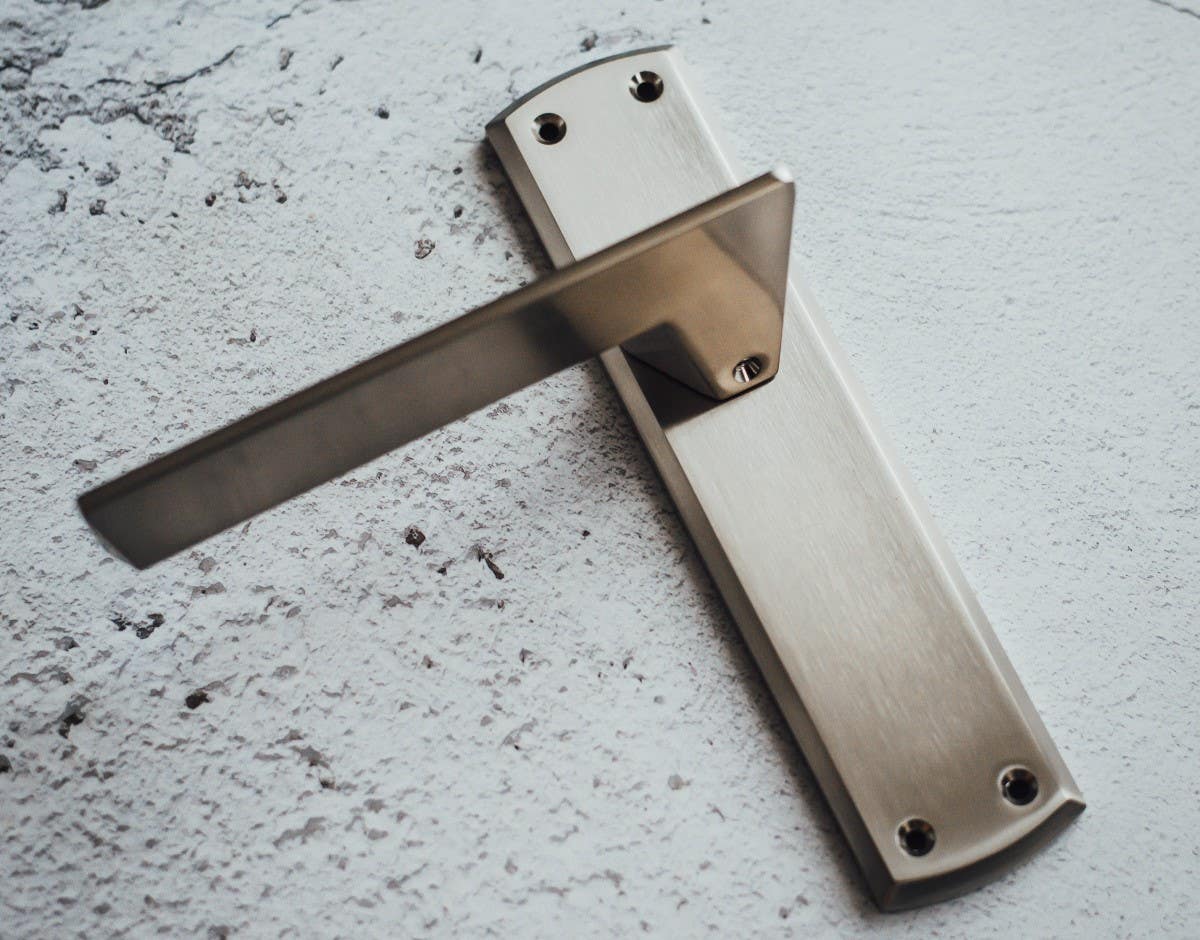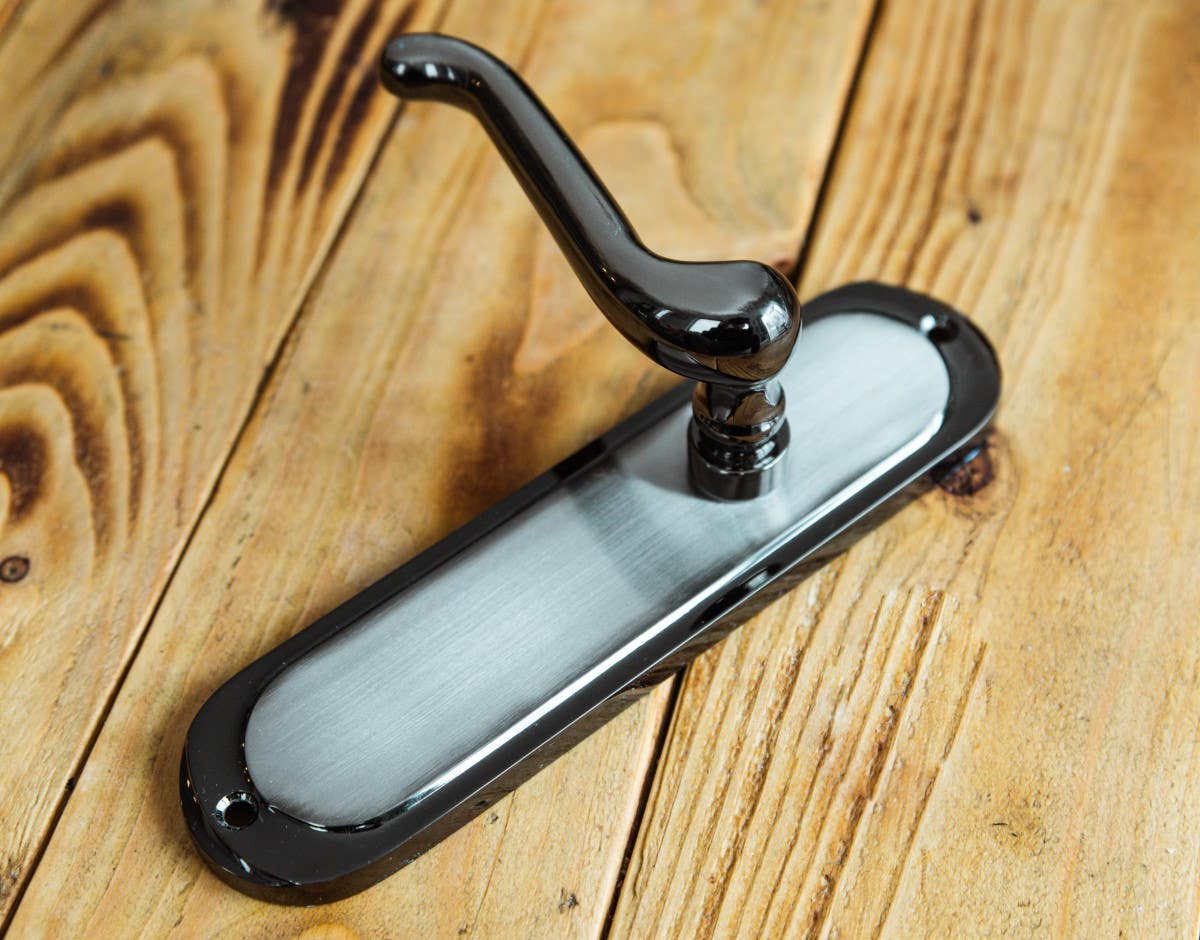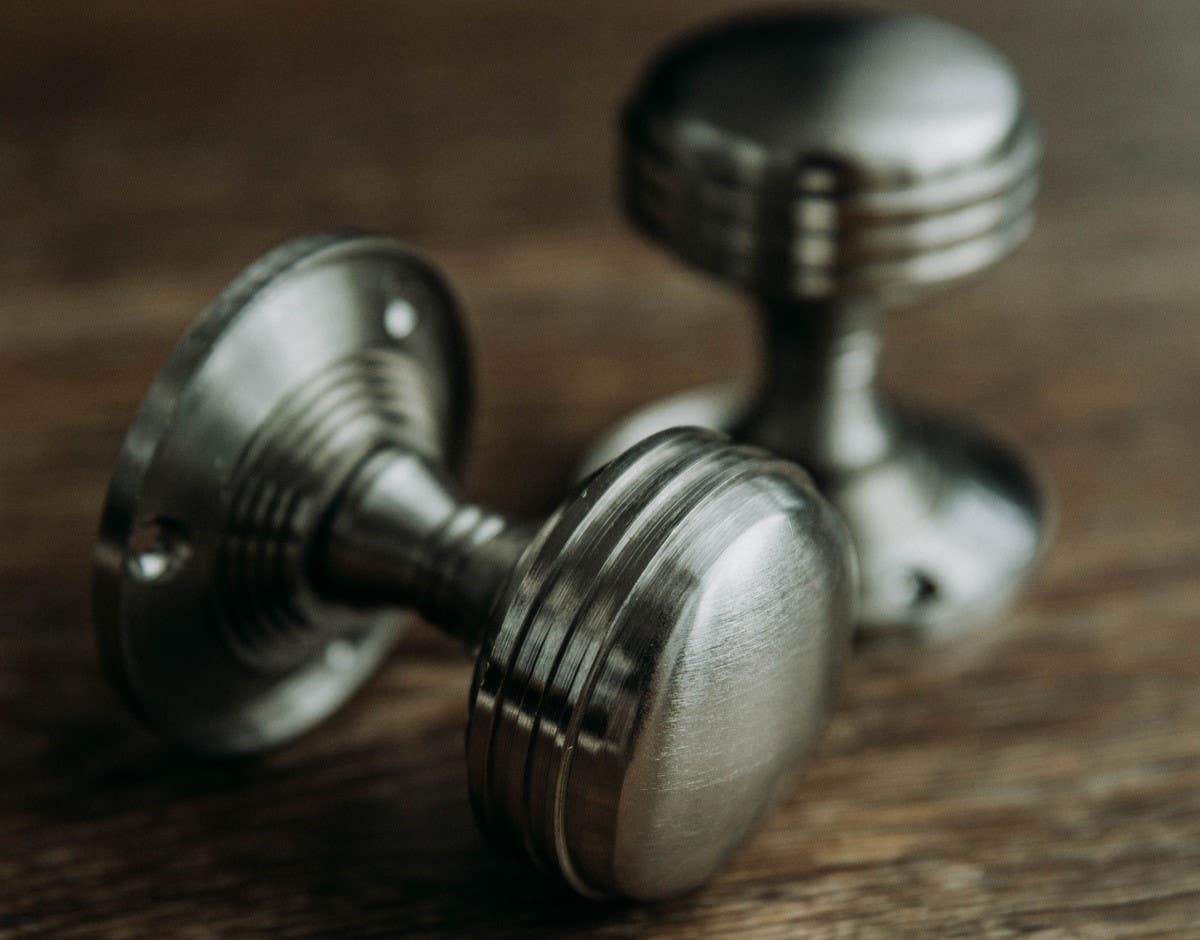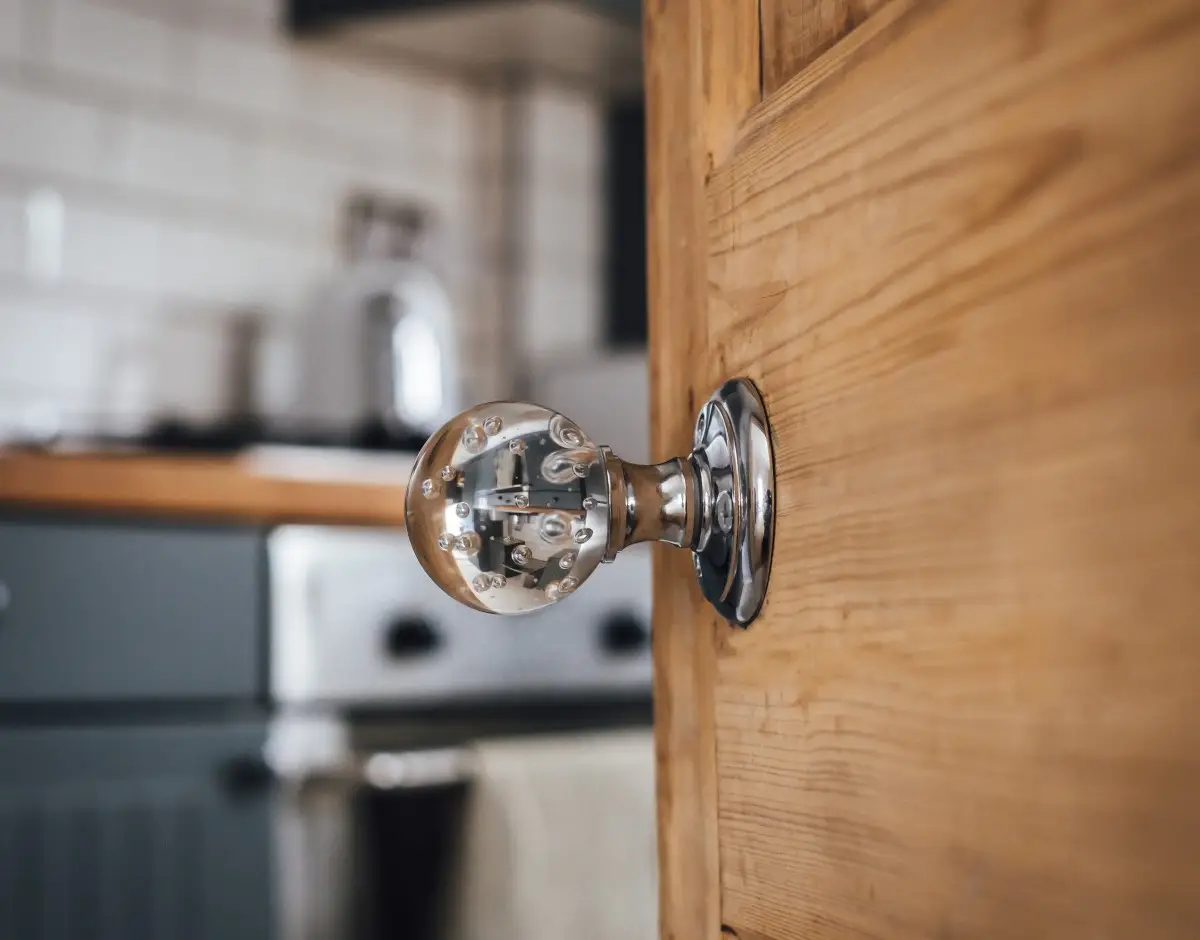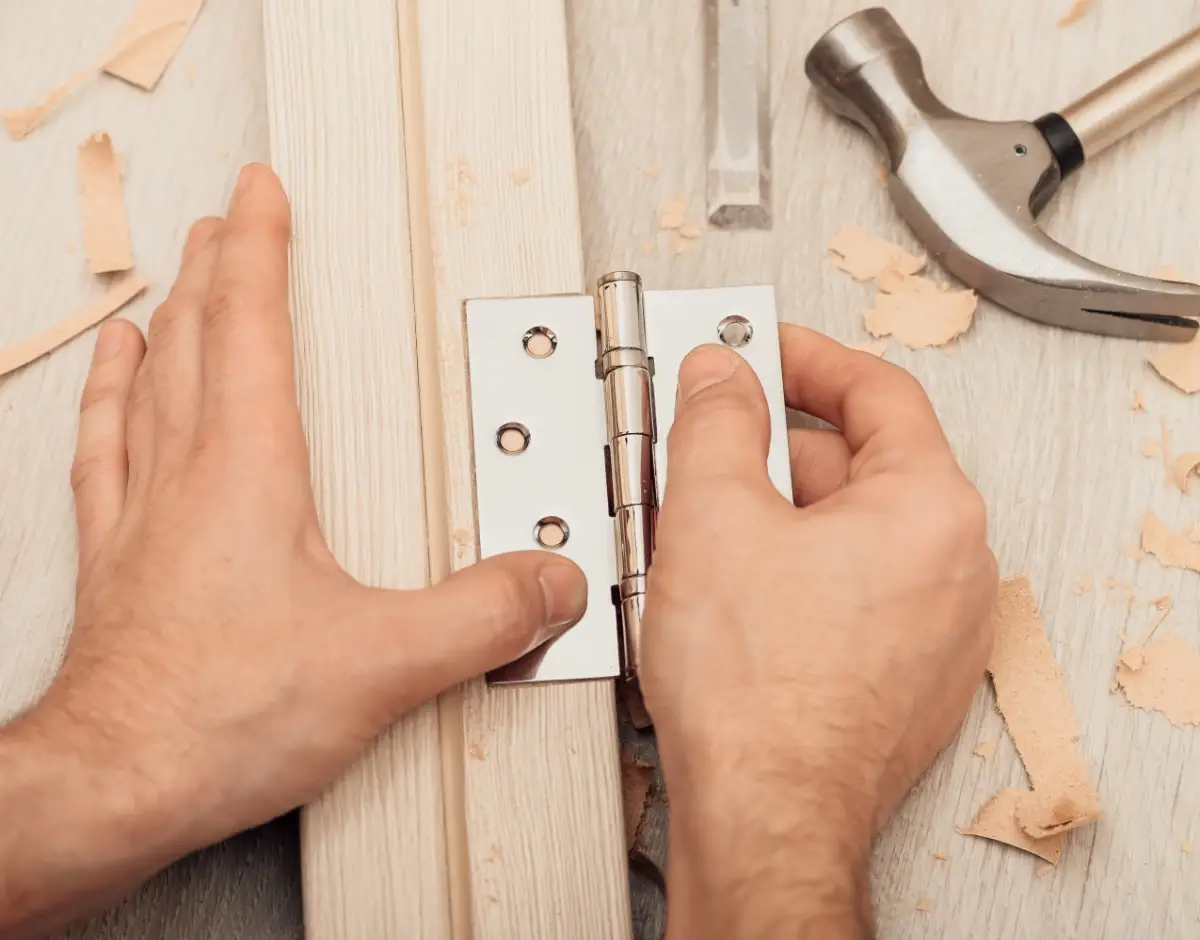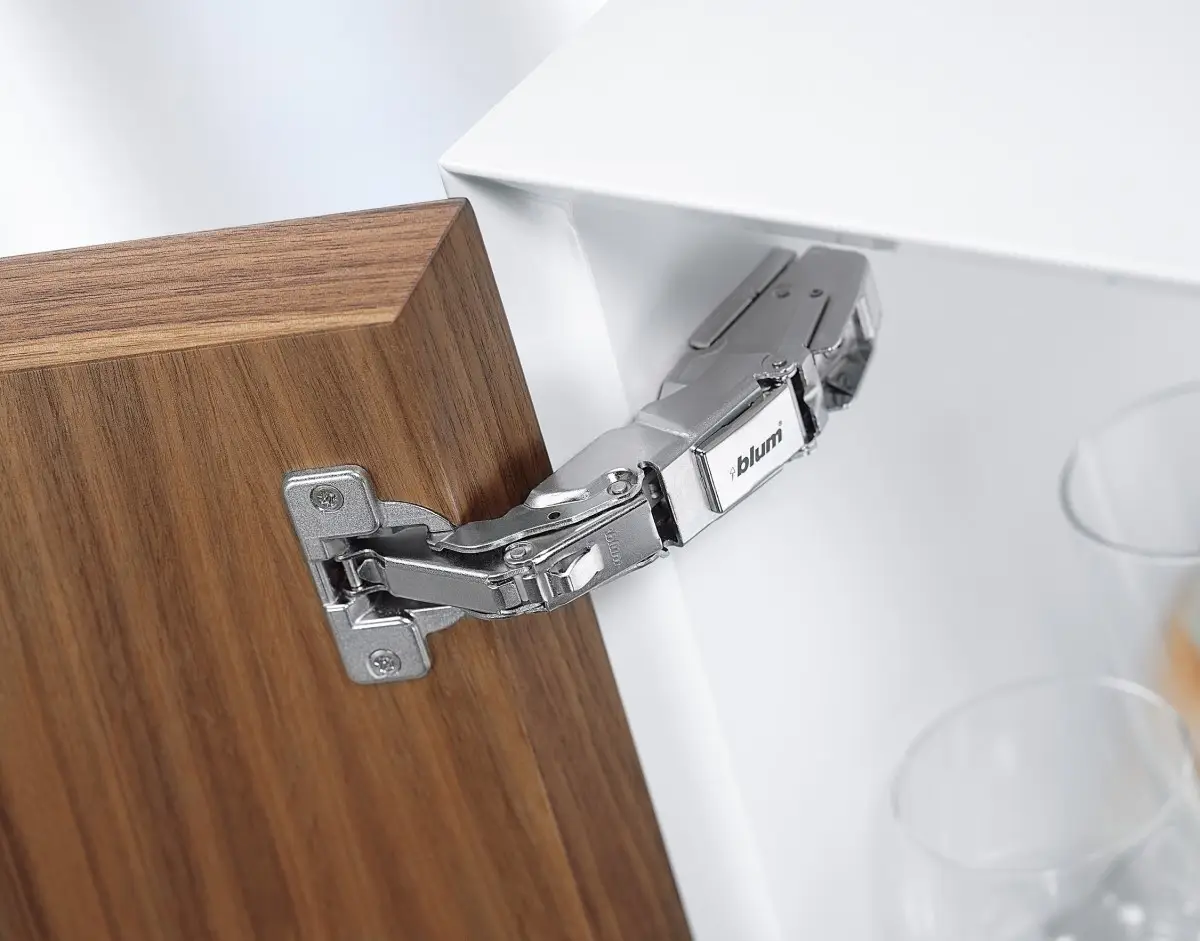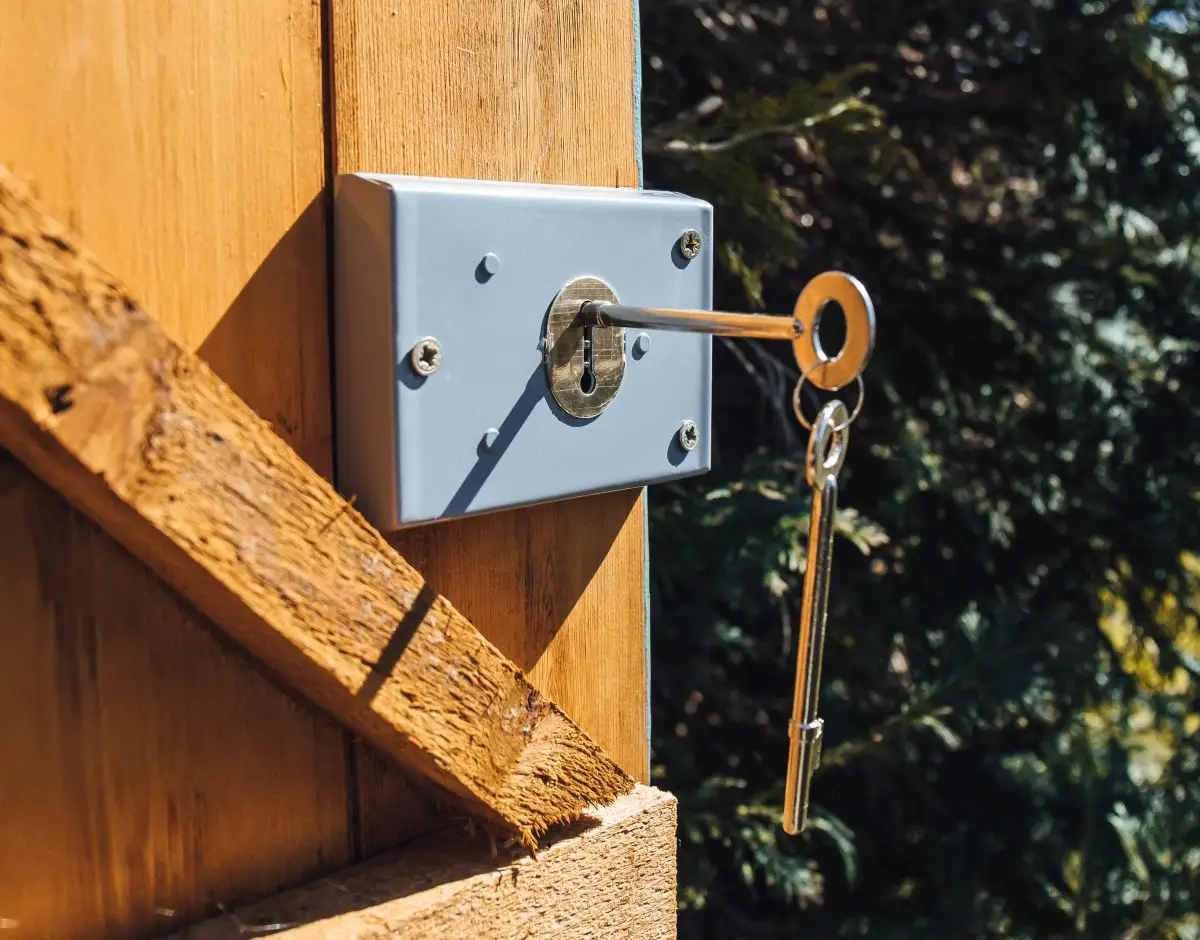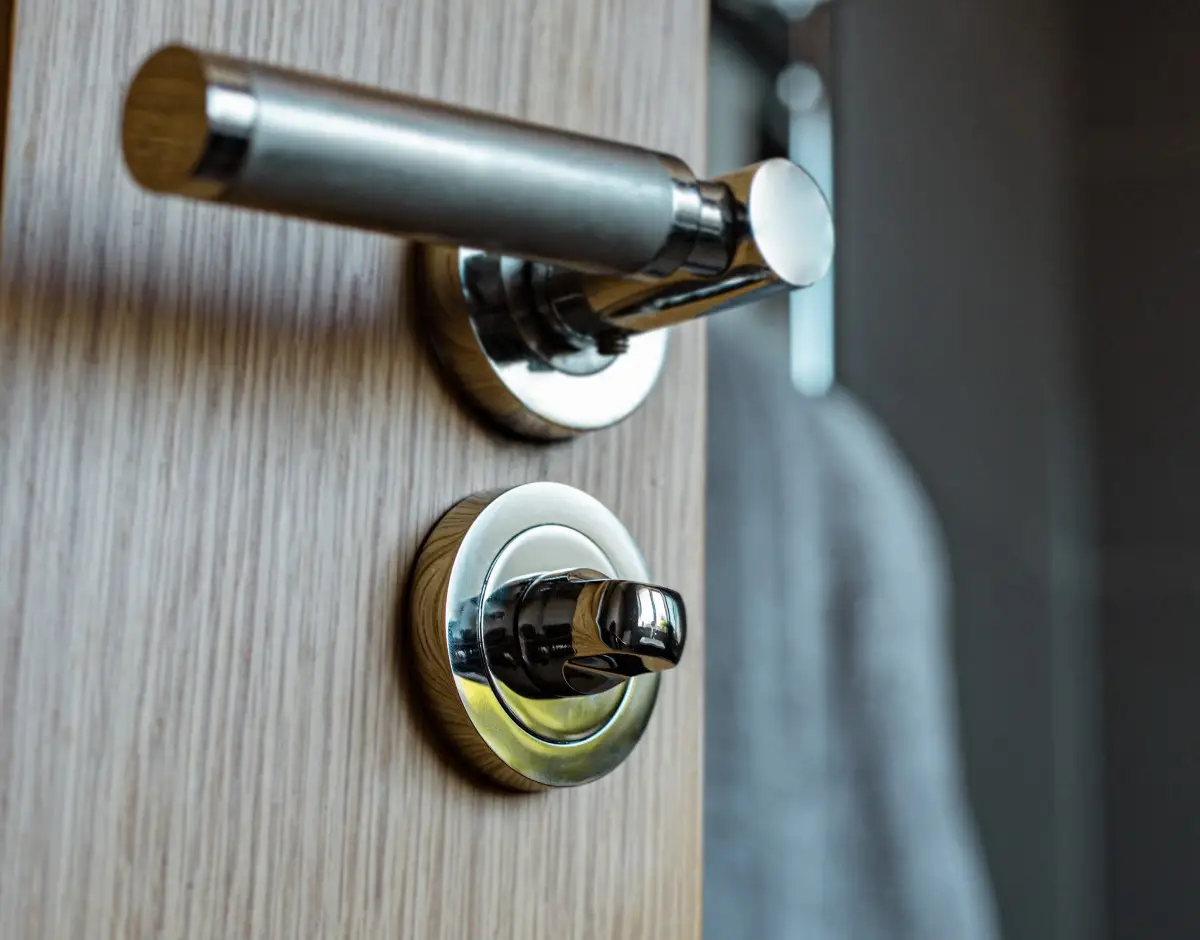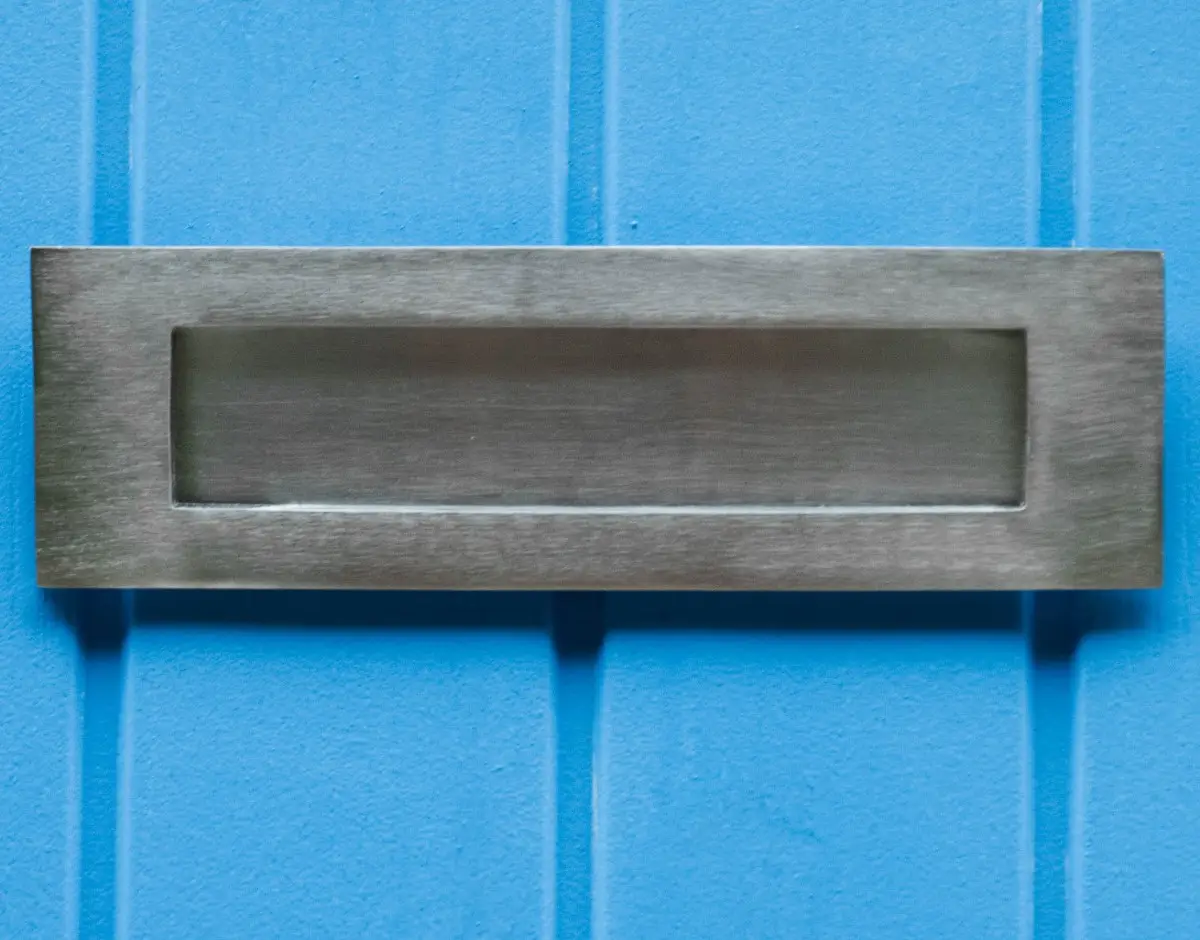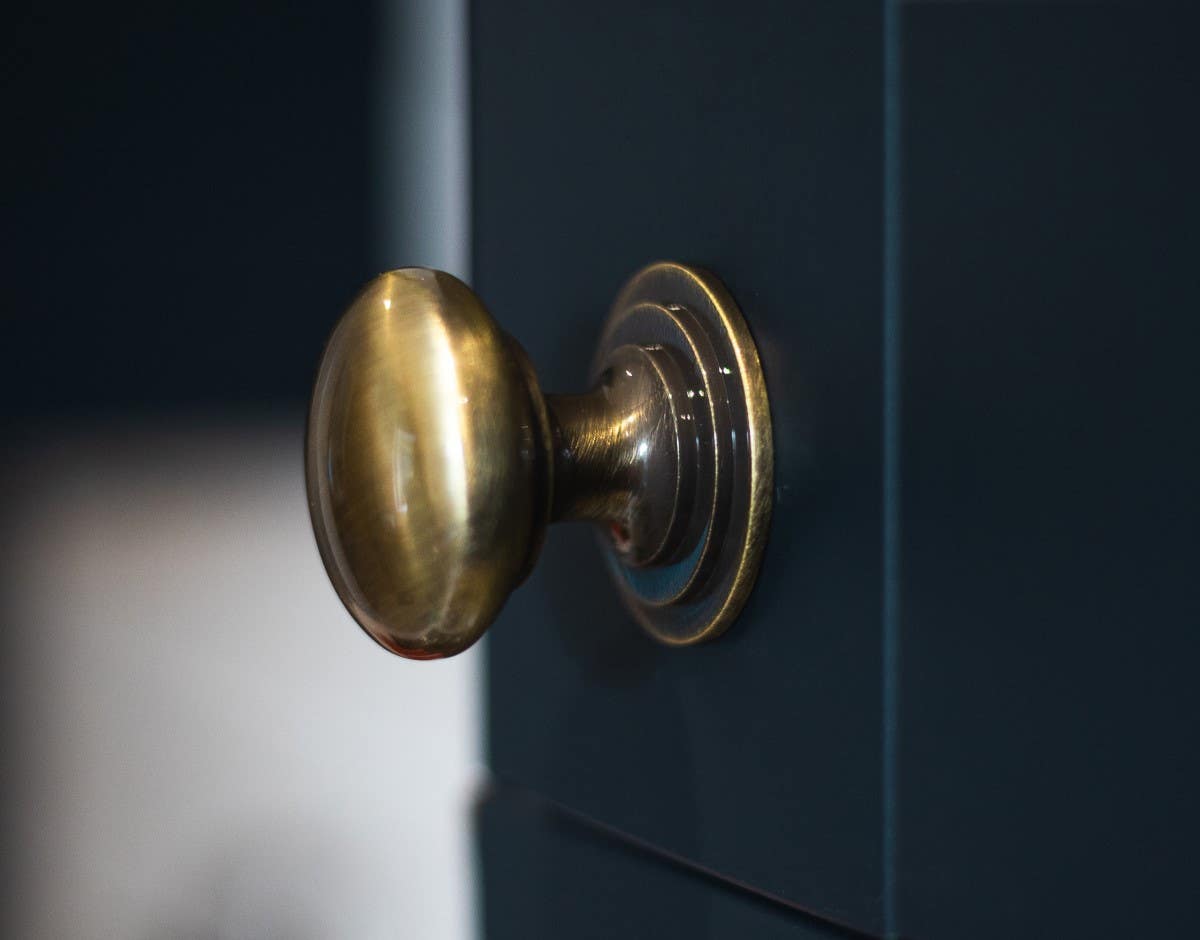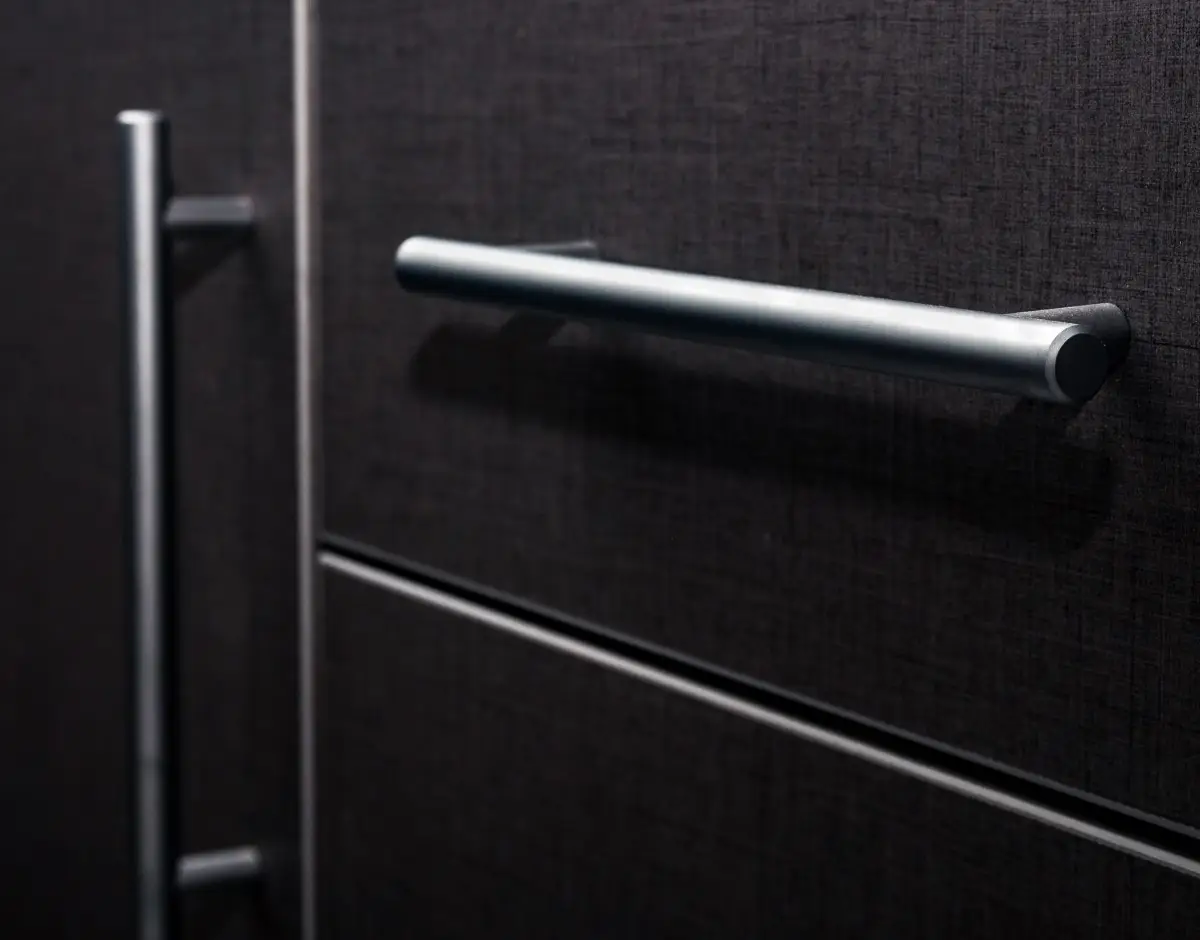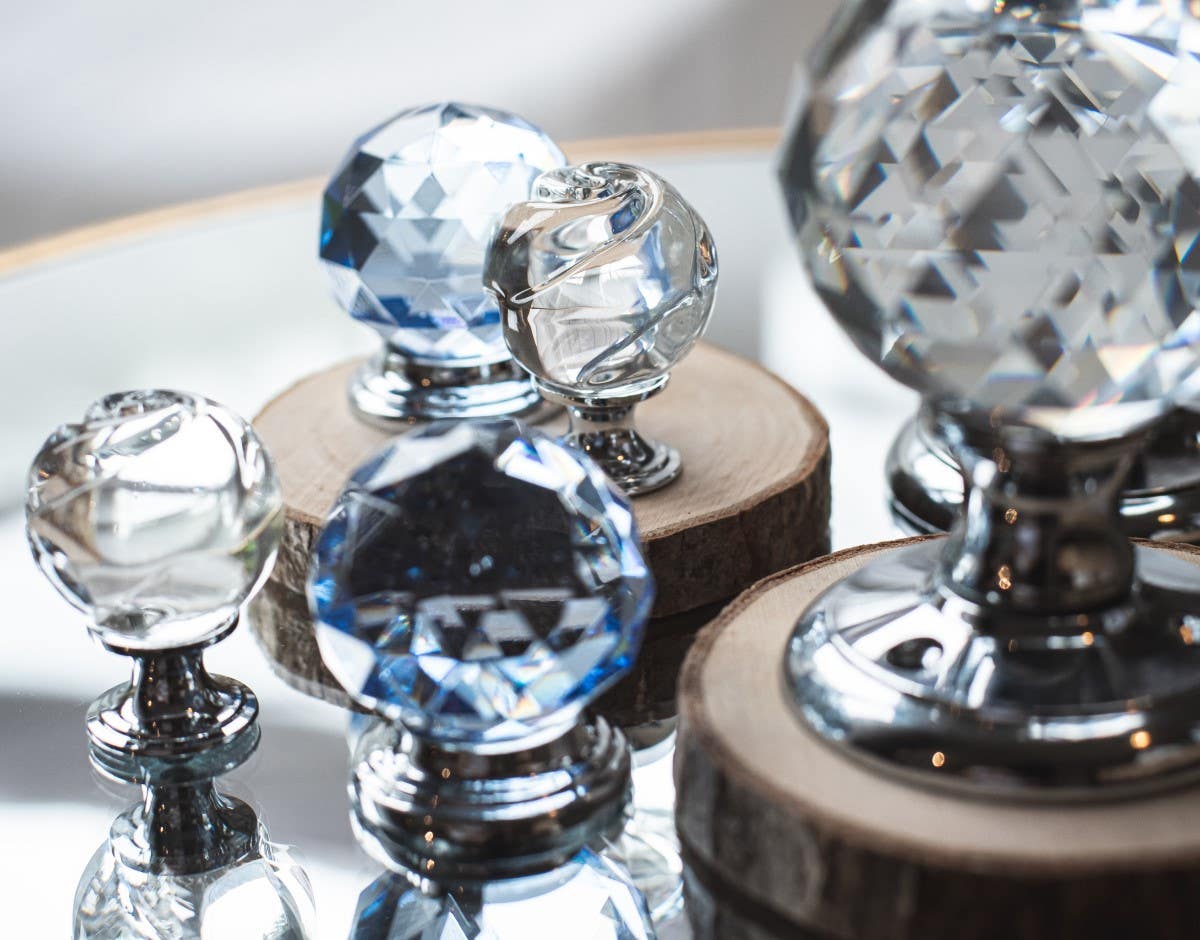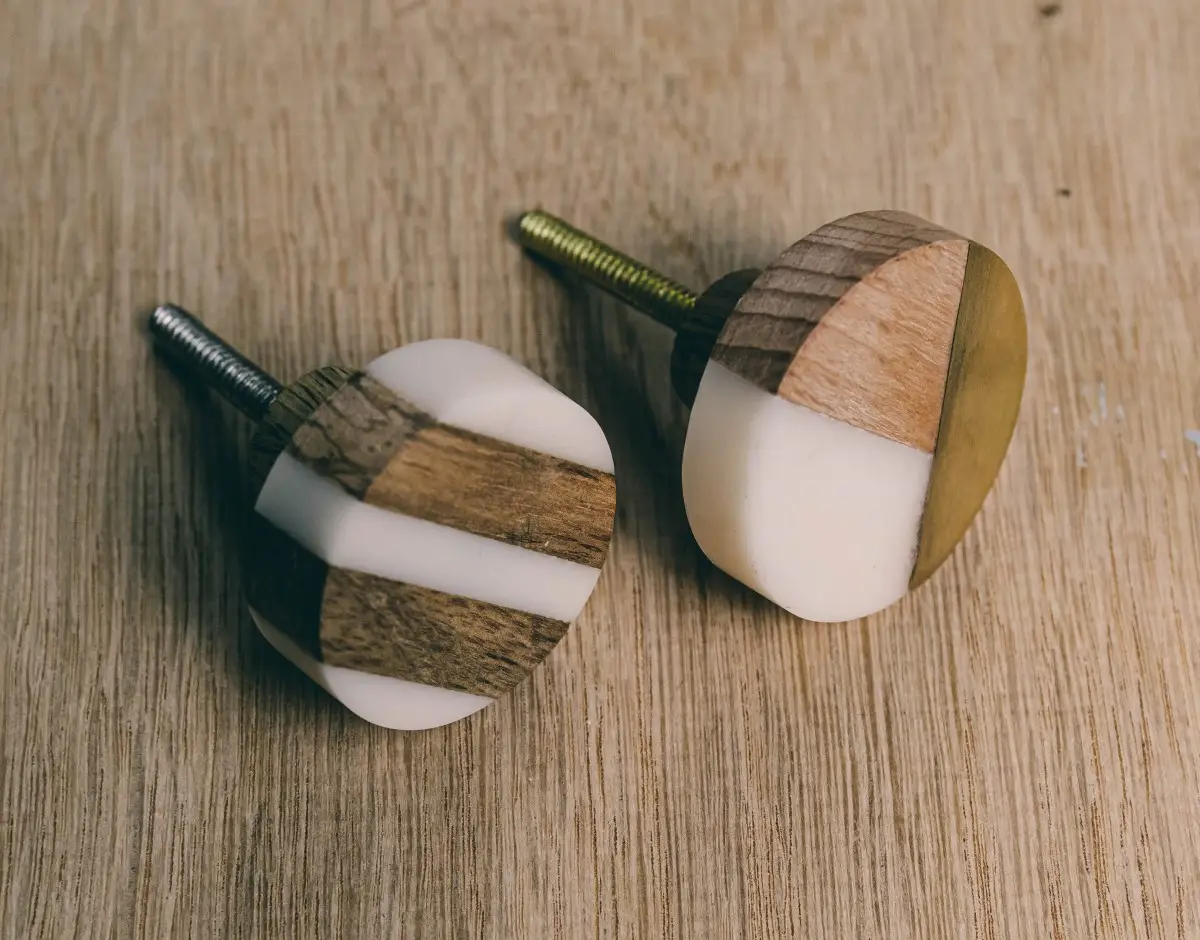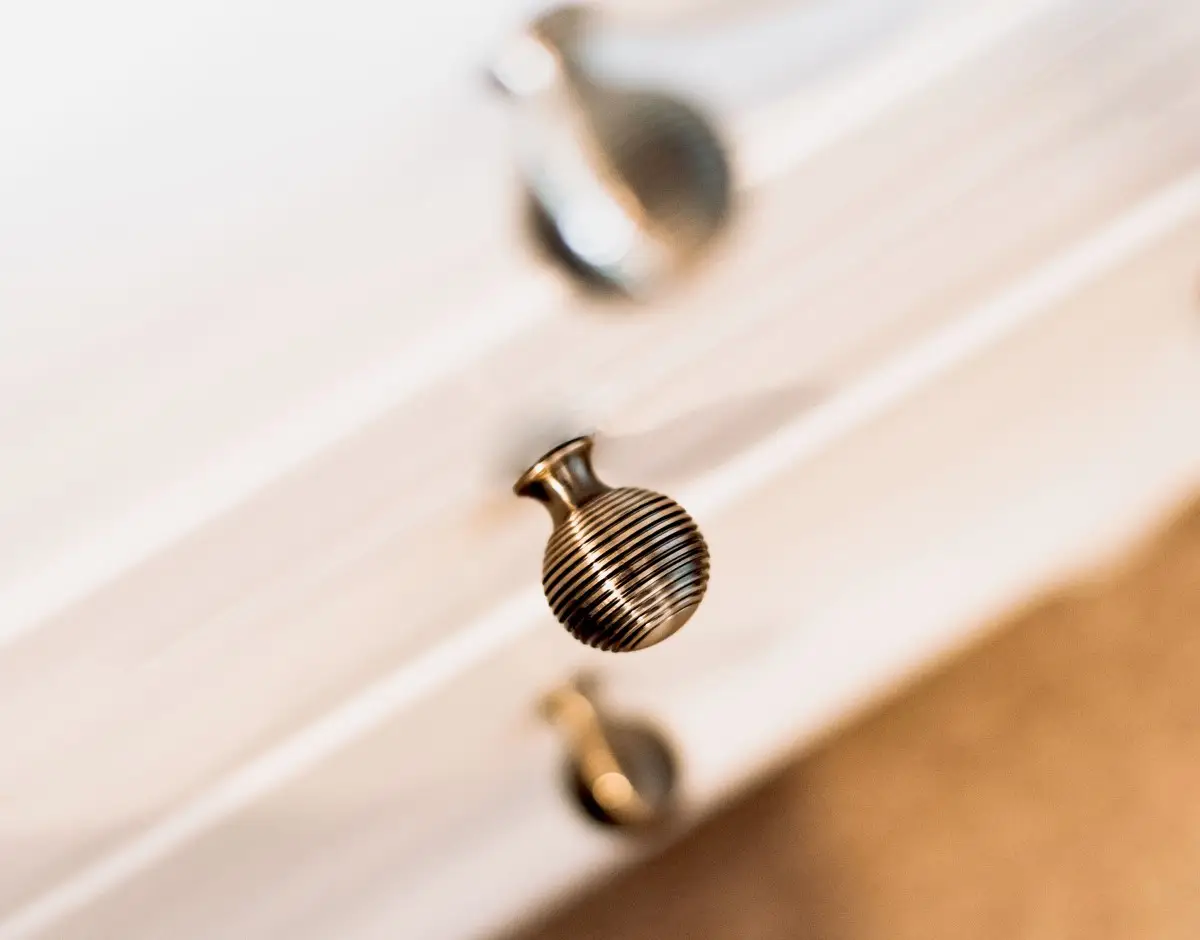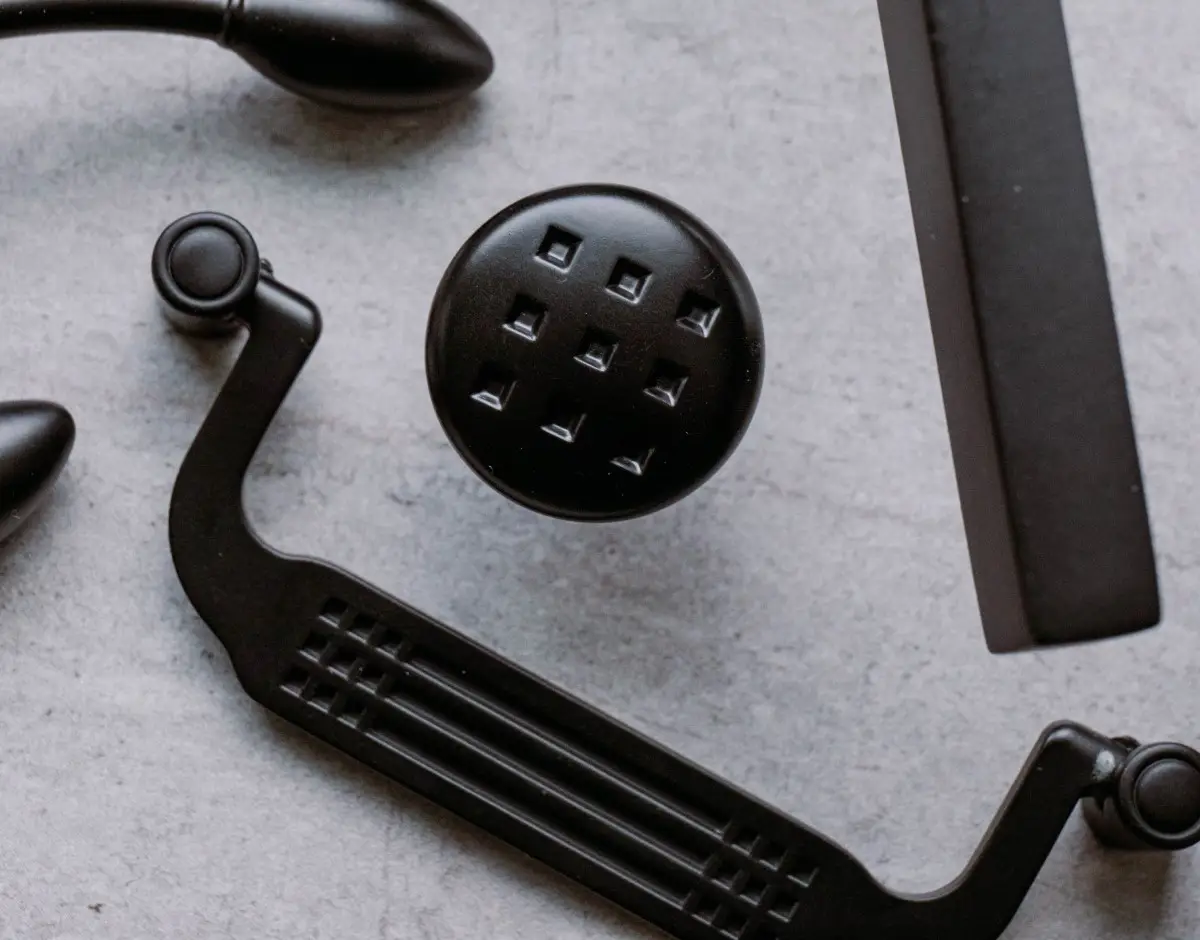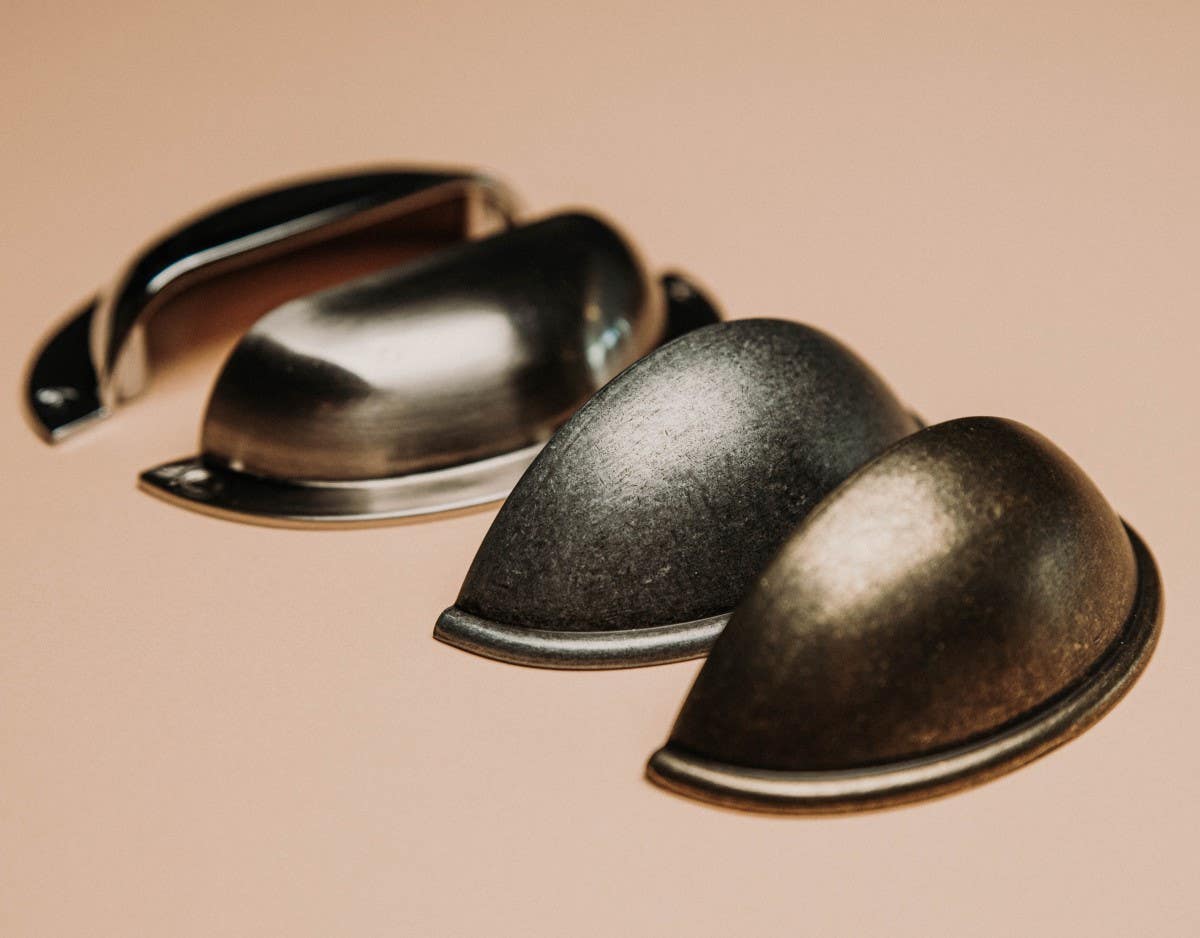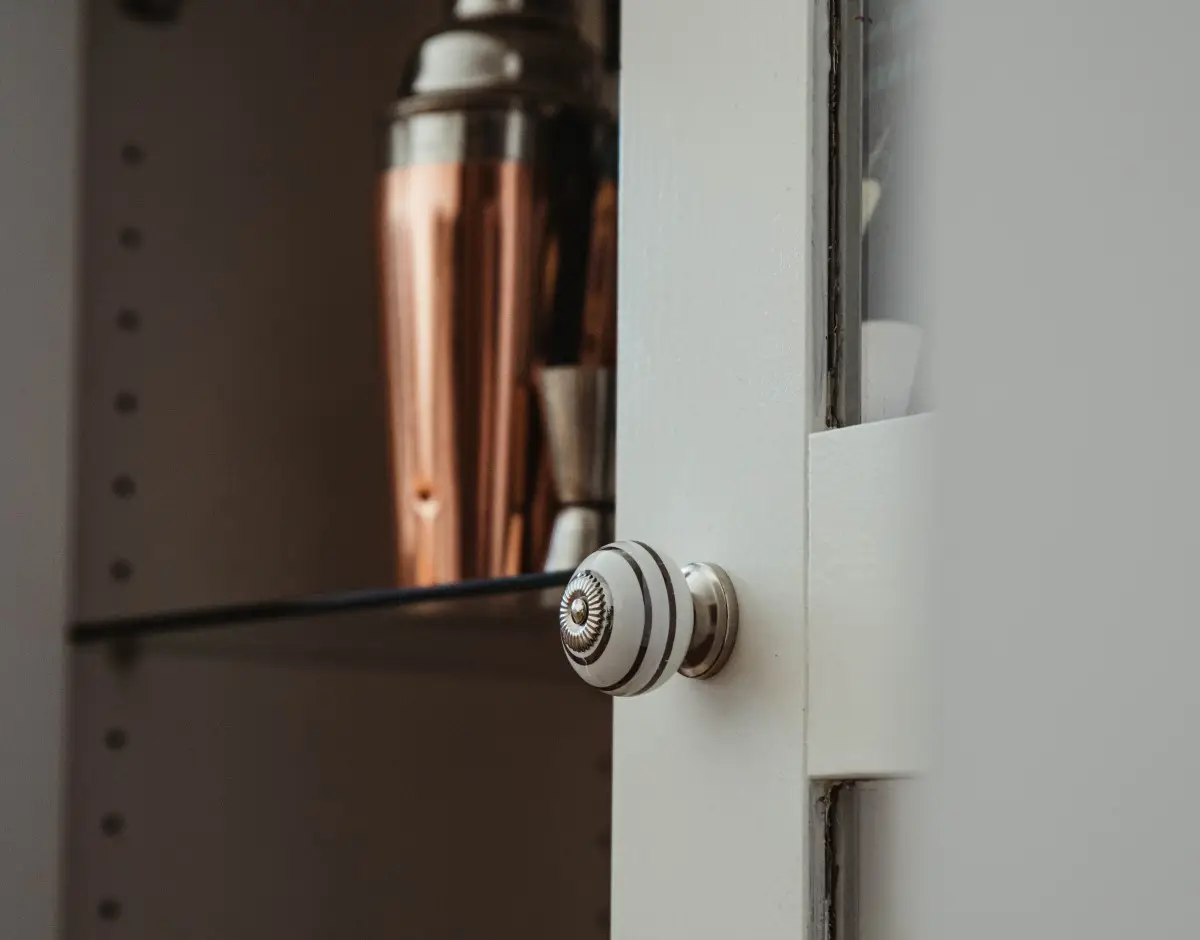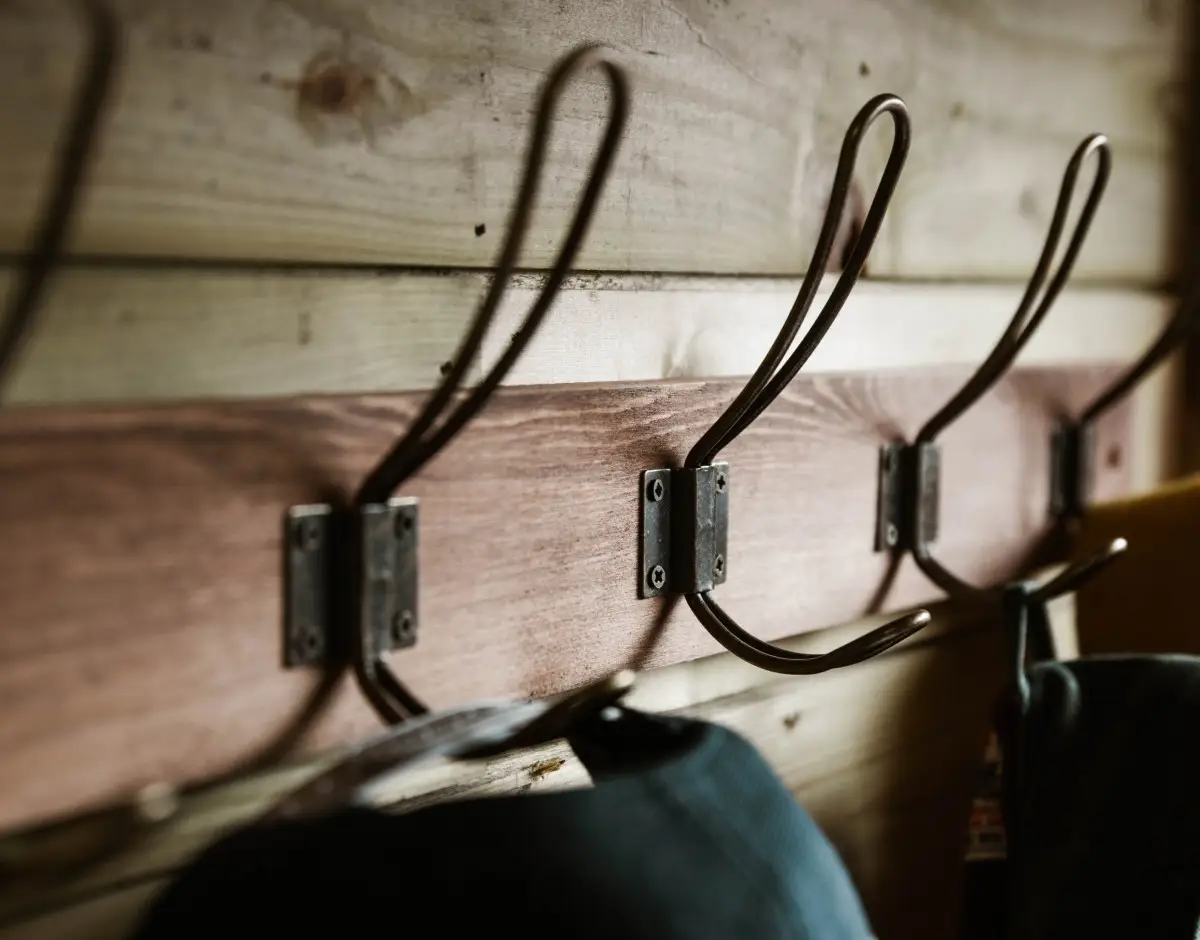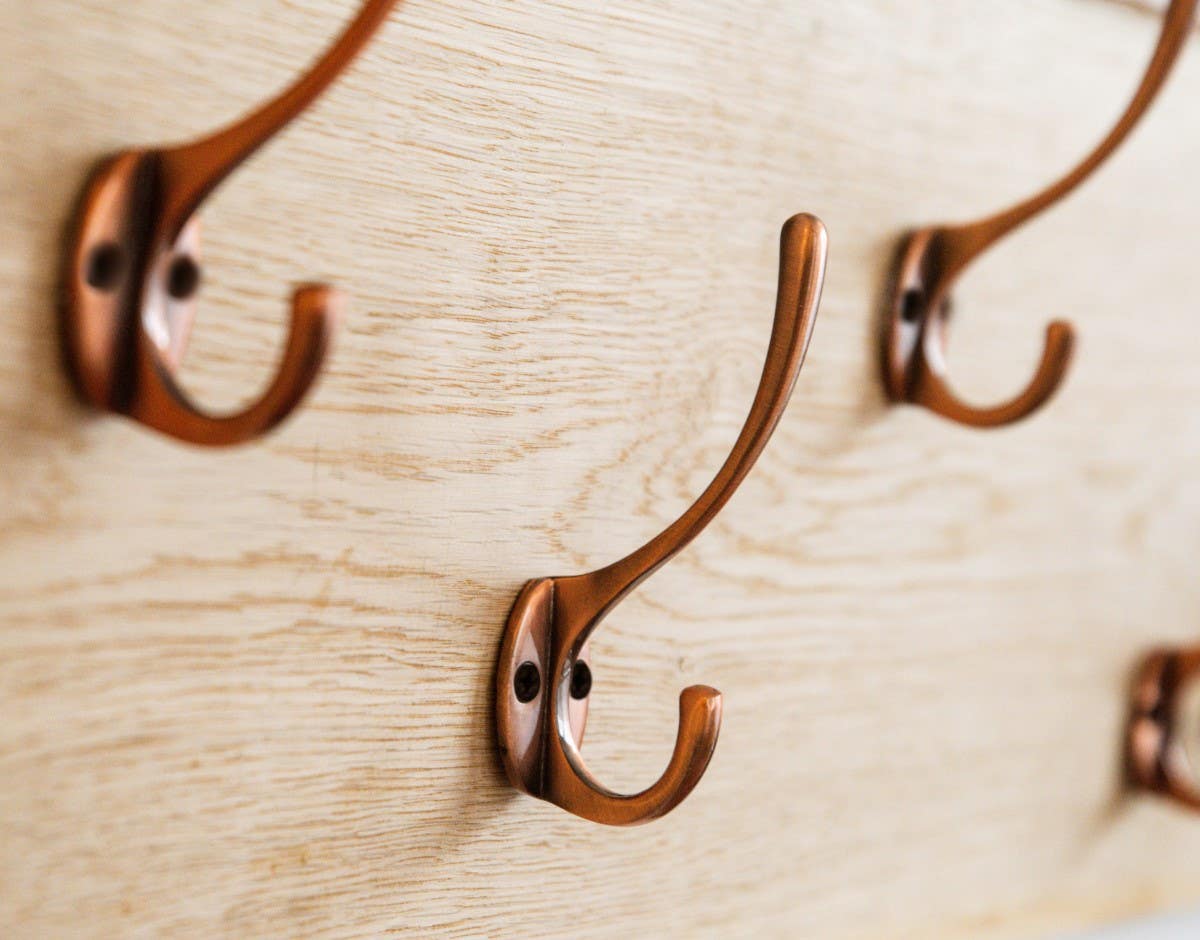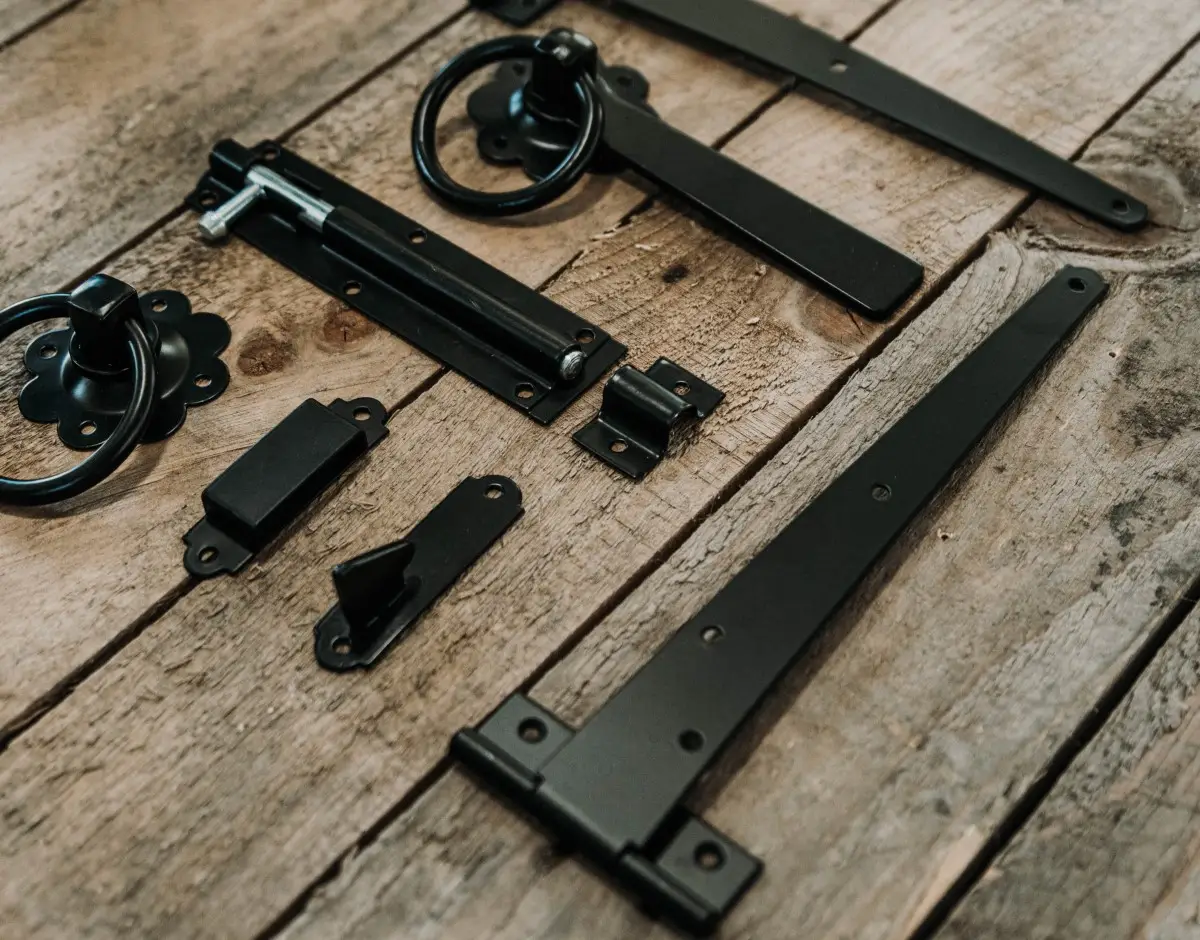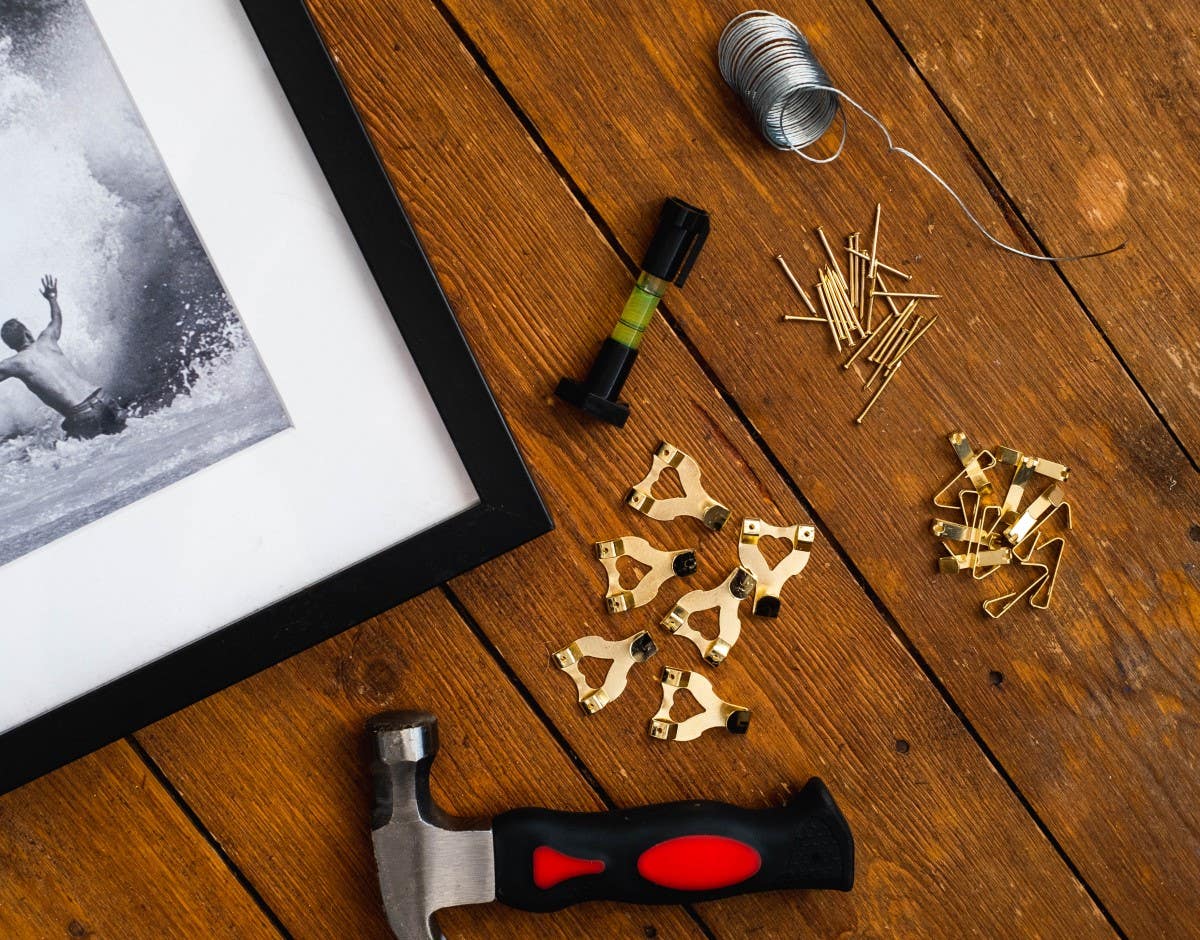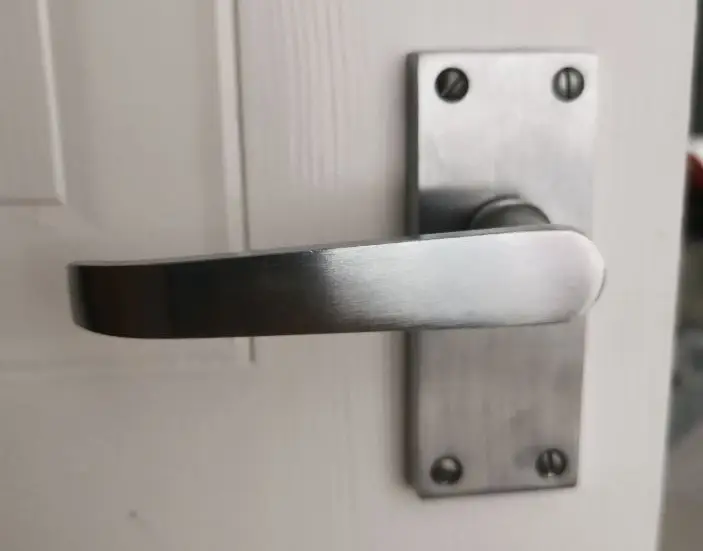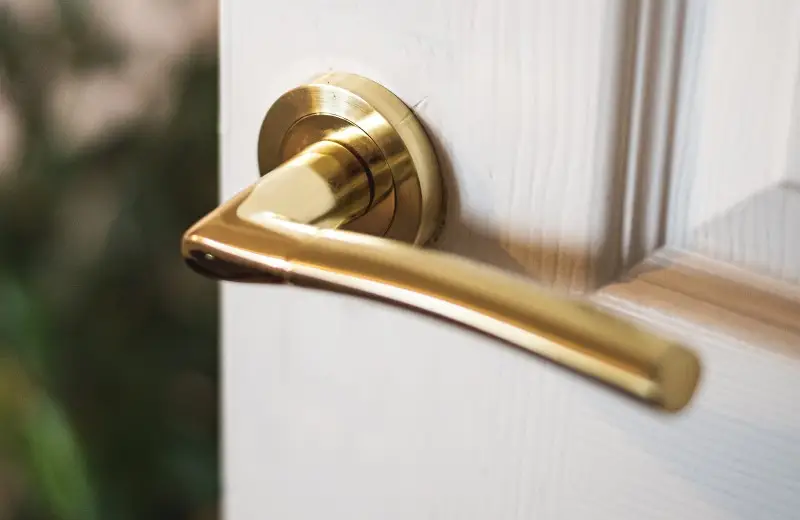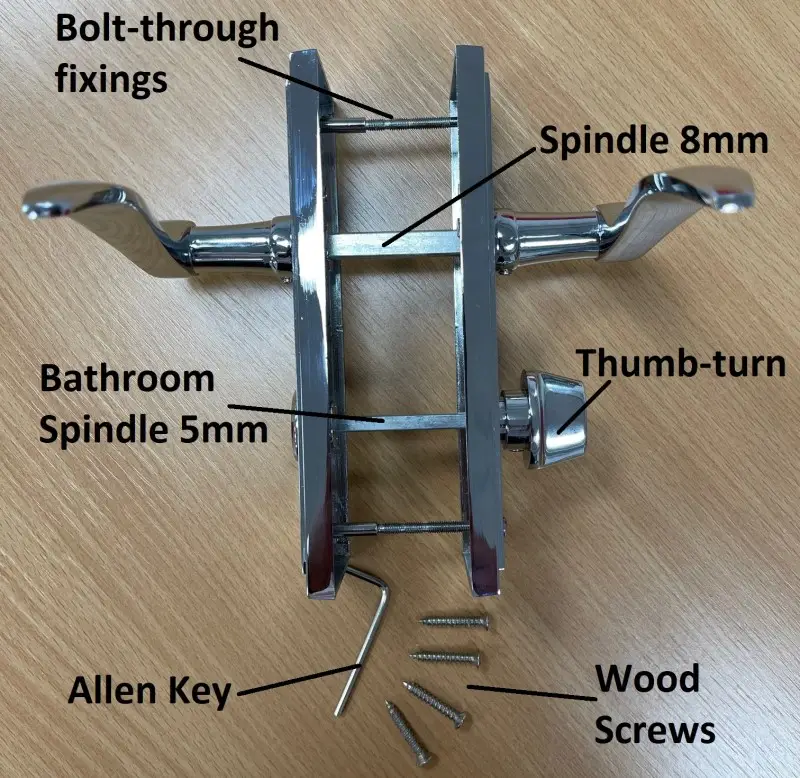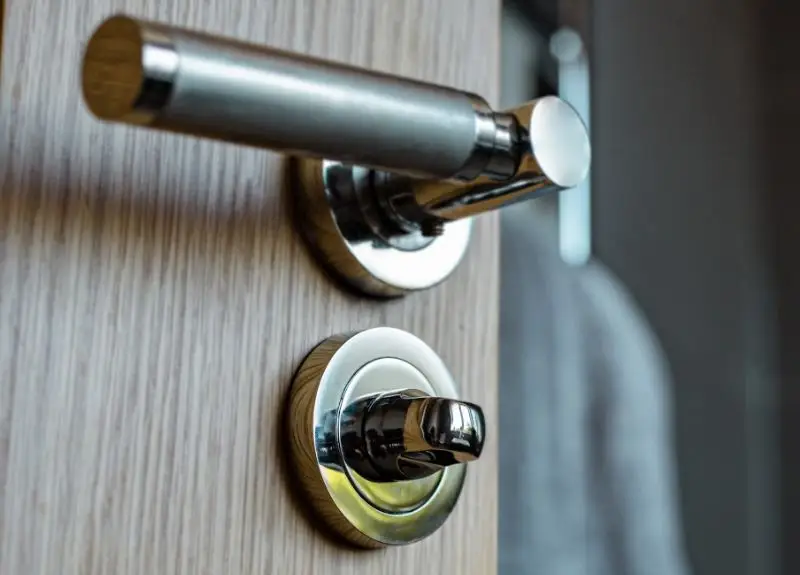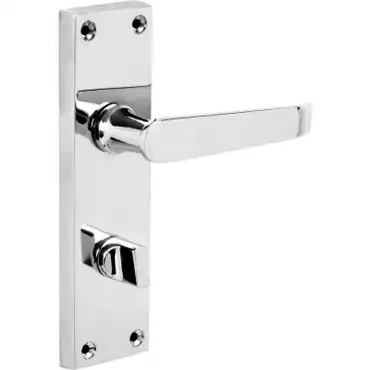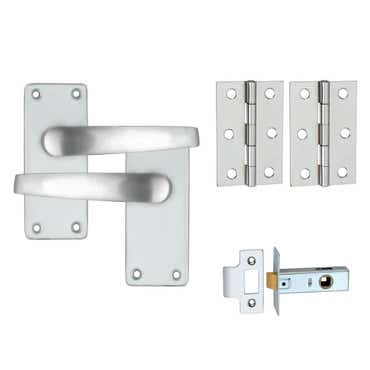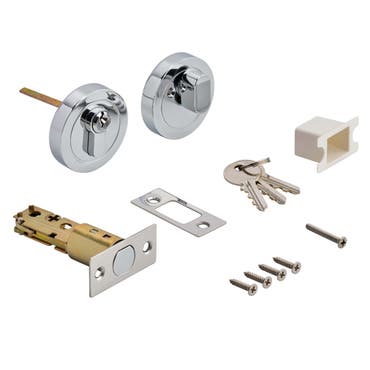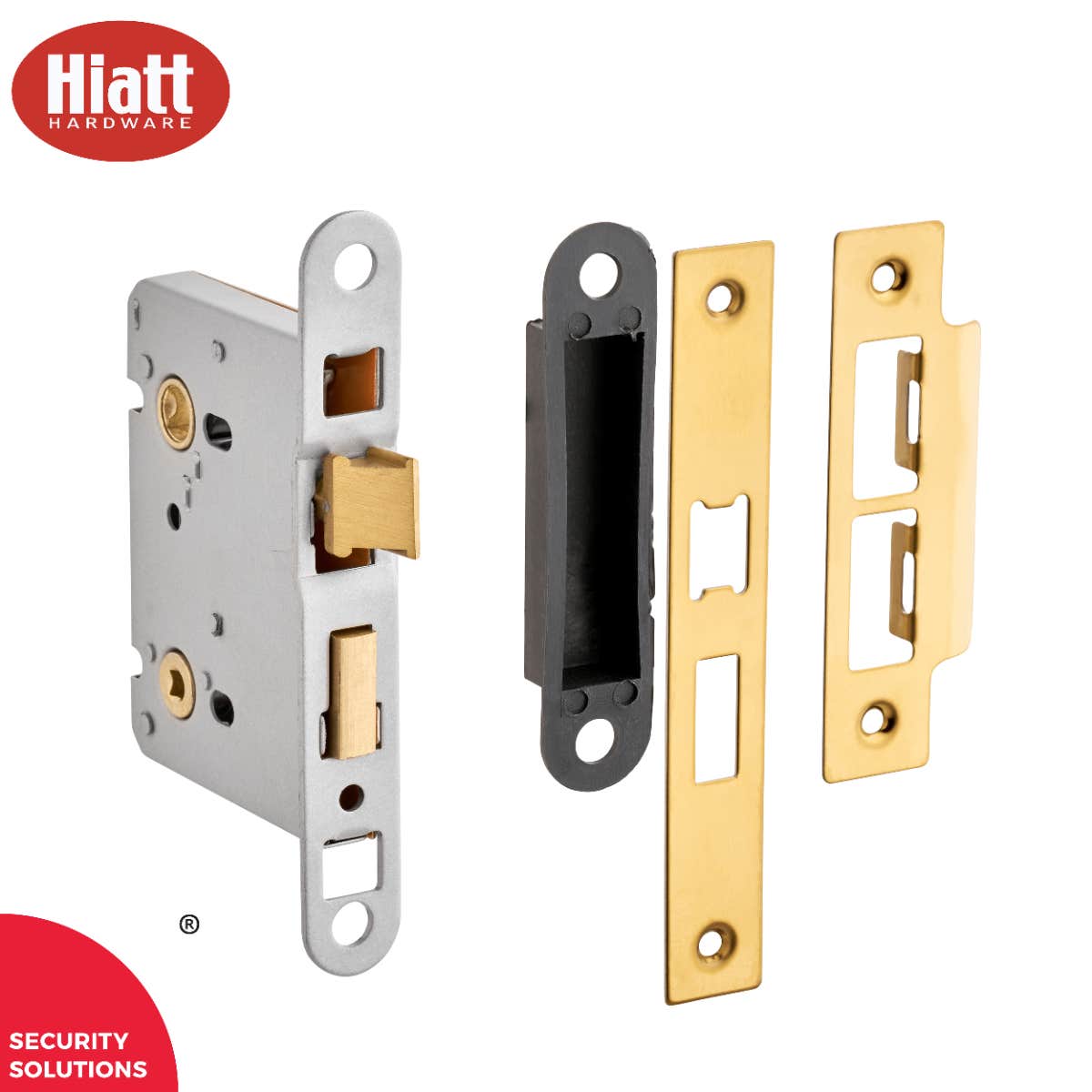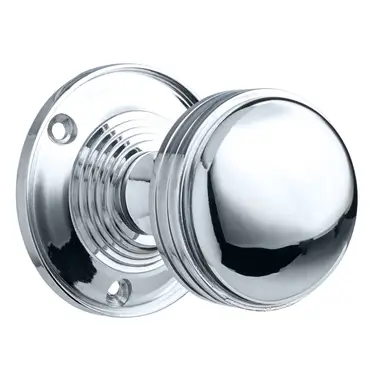Changing your door handle is an economical and easy way to upgrade your home interior décor. It is often quite ignored as it simply used to open the door by turning the door handle.
However, it can be quite valuable to understand the door handle's parts if you are looking to change your old door handles or restore an existing one. Here are the parts of a door handle (when you click on images it will lead you to those specific door handle parts):
LEVER AND KNOB
For any door handle, the most obviously noticeable part is the lever or the knob, which is used to turn the door handle to open the door. Levers come in many shapes and are pushed downwards to open a door, while knobs are generally round and require turning clockwise to unlatch a door.
Victorian Straight Short Latch Door Handle Satin Pair - click on the image to visit the product's page.
Check our collection here:
BACKPLATE OR ROSETTE
The second most visible part that sits on the door surface is the backplate. It is called a backplate, as this is the plate behind the lever or the knob. A backplate is also known as a rosette or rose if it is circular in shape.
The backplate is attached to the lever or the knob for many door handles, but some of the door handles are available with a detached backplate or rosette for concealed fixing.
Augusta Lever On Rose Door Handle Dual Tone Brass (Pair) - click on the image to visit the product's page.
Find your lever on backplate door handles here or check the lever on rose door handles category.
Turnberry Lever Latch Door Handle - Dual Tone (Pair) - click on the image to visit the product's page.
SPINDLES, SCREWS AND FIXINGS
The square metal bar that connects the door handles on either side of the door is called the spindle. In the UK, the spindle thickness is standard 8mm to operate with UK standard latches and locks. However, the length of the spindle can vary to suit the thickness of your door.
There is also a bathroom spindle with bathroom door handles to operate bathroom locks with the thumbturn & release mechanism. To suit UK standard bathroom locks, the bathroom spindle should be 5mm thick.
We supply all our door handles with screws in the matching finish required to complete the installation. The wood screws supplied with our door handles are ideal for solid timber internal doors.
However, due to the growing demand for hollow interior doors, we also offer a wide range of door handles that come with hollow door fixings.
The bolt-through fixings come with male-female assembly, so they do not need to bite the wood, making them ideal for hollow doors.
Some of the door handles have grub screws fitted in the lever part. When tightened, the grub screw help firmly attaches the lever handle with the spindle for sturdy door handle movement. The grub screw can be loosened or tightened with the Allen key provided with the door handle.
BATHROOM THUMBTURN
The bathroom thumbturn & release mechanism is supplied with our backplate door handles and can be purchased separately for round rose door handles and mortice doorknobs. This must be fitted with a bathroom lock to operate a bathroom door. Click the image to see the Bathroom Thumbturn Turn & Release Set - Polished Chrome product page.
Bathroom Thumbturn Turn & Release Set - Polished Chrome - click on the image to visit the product's page.
MORTICE LATCH AND MORTICE LOCKS
The most important part required to complete door handle installation is the door mortice latch or mortice lock mechanism. The mortice latch or mortice lock is fitted inside the door by passing the spindle through it, connecting either end of the door handles to the lock.
The latch mechanism is suitable for doors that only require to be kept closed. However, the lock mechanisms are ideal for rooms which require more privacy or protection such as bathroom, storerooms, or bedrooms.
LATCH AND DEADBOLT
The spring-loaded metal part of the mechanism that protrudes out of the door is called the latch. This ensures the door is latched, i.e., keeps the door closed.
When the lever is turned down, the spring-loaded latch retracts from its rest position and goes inside the door. This allows the door to open. For door locks, along with the latch, there is another metal part that projects out of the door when keys are operated and is called the deadbolt.
If the lock is activated by turning the keys or bathroom thumbturn, the deadbolt projects outside the door. This keeps the door shut even when the lever handle is turned down to open the door.
FOREND PLATE AND STRIKER PLATE
The mortice latch or the mortice lock is fitted in the door, then covered with the decorative metal plate at the end of the door called the forend plate.
The forend plate makes the lock appear more decorative and makes the installation easy as the door lock body can be easily placed and positioned for installation.
The striker plate is the metal plate installed on the door frame or the doorpost and is placed right opposite the mortice latch or mortice door lock.
The latch strikes on the striker plate when the door is pushed to close and remains jammed inside the striker plate's hollow part, which keeps the door in a shut position.
The striker plate is only functional and keeps the door frame protected from dents and scratches by repeatedly striking the latch to close the door.
If you have any questions regarding door handle components, parts of a door lock or parts of a door handle set, don't hesitate to contact us.

